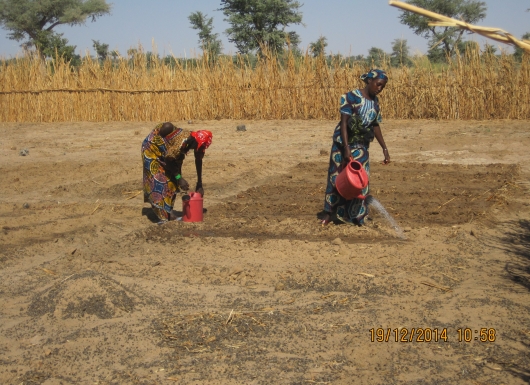HaFAS is a digital advisory platform that unifies multiple tools (NextGen Fertilizer Advisory System, LANDWise) into one harmonized solution to deliver precise, site-specific fertilizer and agronomic recommendations. It addresses the challenges of generic fertilizer advice, suboptimal nutrient use, and climate vulnerability. It integrates multiple tools and datasets into one harmonized platform, giving farmers timely and accurate guidance on how much fertilizer to apply, when, and where. By doing so, it directly contributes to higher productivity, reduced costs, and improved food security.

· Core Tool – LAFA: Brings together NextGen Fertilizer Advisory System and LANDWise into one modular, scalable platform.
· Data-driven precision: Uses national soil databases, satellite data, and farmer trial results for localized, crop-specific advice.
· Accessible delivery channels: Advisories reach farmers via IVR, SMS, chatbots, mobile/web apps, and dashboards.
· Proven returns: LANDWise shows ROI of $10 (teff), $12 (wheat), and $30 (sorghum) per $1 invested.
· Inclusivity: Explicitly targets women (2.05M) and youth (2.74M) farmers who are often excluded from advisory services.
· Policy alignment: Fully integrated with Ethiopia’s Digital Agriculture Roadmap 2032, ensuring government uptake.
Environmental benefits: Increases fertilizer efficiency (32% → 45%), reducing waste and emissions.
HaFAS has already been piloted with 1,570 farmers in Ethiopia in 2024, focusing on key cereals such as teff, wheat, and sorghum. The results confirmed its capacity to close yield gaps and boost farmer incomes. The immediate scaling ambition is to reach 6.85 million farmers by 2040, representing about half of the country’s fertilizer-using cereal growers.
While the current deployment is Ethiopia-specific, the design principles and modular framework of HaFAS make it suitable for other agroecologies. For example, smallholder cereal systems in semi-arid and sub-humid regions of Sub-Saharan Africa share similar challenges of inefficient fertilizer use and can directly benefit from adaptation of HaFAS. Likewise, the platform has the potential to expand into other crops beyond cereals, such as maize, barley, and legumes, once the foundational datasets are integrated. Thus, while HaFAS is rooted in Ethiopia, it represents a model for digital agronomy solutions across the Global South.
HaFAS is not just theoretical—it has already demonstrated strong impacts. Field validation trials with 1,570 farmers in 2024 showed yield increases ranging from 16% to 53%, depending on crop and location. This translated into substantial profit gains, with smallholders reporting an additional $183–$665 per hectare per season. Nutrient use efficiency, a critical metric for both economic and environmental sustainability, improved from 32% to 45%, reflecting better fertilizer targeting and reduced waste.
The LANDWise tool, one of HaFAS’ constituent modules, further underscores its value by showing net profits of $10, $12, and $30 per $1 invested in teff, wheat, and sorghum respectively. At the national scale, adoption even at a modest 10% among wheat and teff farmers is projected to generate $27.6 million annually. Taken together, these results present a compelling economic and food security case: HaFAS is proven, profitable, and ready to deliver transformative impact at scale.
HaFAS is inherently designed for scale. By embedding advisory service costs into the price of agricultural inputs such as fertilizers, the platform reduces dependency on donor funding and establishes a sustainable financial model. Its modular design allows expansion to new crops and geographies without rebuilding the system.
Scaling, however, requires coordinated investment. The short-to-medium term (by 2031) involves expanding coverage to six crops, developing five tailored advisories, and ensuring 90% accuracy in on-farm performance. The long-term ambition (by 2040) is to serve 6.85 million farmers—including 2.05 million women and 2.74 million youth—and raise national cereal production from 31.6 million to 140 million metric tons.
For adoption, several enablers are necessary:
· Research & Development: ICRISAT, Alliance Bioversity International–CIAT, CGIAR
· Public Sector: Ethiopian Ministry of Agriculture, EIAR, National Platform MELIA
Private Sector: LERSHA, OCP, Ethiopian Agricultural Business Corporation (EABC)
Contact: Gizaw Desta Email: D.Gizaw@cgiar.org